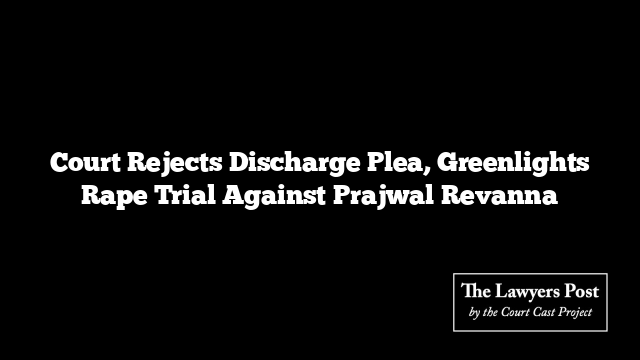The door to revival is nearly shut for Go First Airlines—but not entirely bolted. On Friday, the National Company Law Appellate Tribunal (NCLAT) upheld the liquidation of the troubled carrier, marking what appears to be the last chapter in its turbulent flight. Still, the ruling left the faintest crack open for resurrection—one that must be seized within a tight, ticking 90-day window.
This narrow escape hatch comes courtesy of Section 230 of the Companies Act, 2013—a provision allowing a compromise or arrangement even after liquidation begins. But it’s a race against time. That clock began ticking on January 20, when the National Company Law Tribunal (NCLT) issued the liquidation order. The final countdown ends in April.
Presiding over the matter, NCLAT’s panel—headed by Chairperson Justice Ashok Bhushan—didn’t mince words: the conventional route is exhausted. No viable resolution plan ever made it across the finish line. Busybee Airways, once a hopeful suitor, withdrew its proposal and wanted its earnest money back—hardly a confidence vote.
In its detailed ruling, NCLAT acknowledged the possibility for a statutory detour. “It is always open,” it stated, “for M/s. Busy Bee or any other eligible applicant to submit a scheme for compromise and arrangement before the Liquidator,” as laid out under Regulation 2B of the Liquidation Process Regulations.
But here’s the catch: not everyone gets to jump in. Those barred from bidding under the Insolvency and Bankruptcy Code (IBC) are likewise banned from participating in this alternate scheme. And the liquidator can’t act unilaterally—he needs a nod from the Committee of Creditors (CoC) within thirty days of liquidation starting. If the plan gets approved, the corporate debtor shoulders the costs; if not, the proposing party foots the bill.
Go First, once a budget carrier with ambitious goals, filed for insolvency back in May 2023. Its downfall was sparked by a fleet-wide grounding, thanks to engine supply failures from Pratt & Whitney. Despite interest from players like Busybee, no resolution plans were compliant, and enthusiasm waned quickly after the Delhi High Court greenlit lessors to repossess aircraft in April 2024.
That ruling gutted whatever assets Go First had left. The CoC, seeing no road to recovery, opted for liquidation—a decision NCLAT backed as both practical and legally sound. With aircraft gone, slots revoked, and the only remaining asset being arbitration claims against Pratt & Whitney, the airline was reduced to paperwork and hope.
Yet Busybee made one final pitch: the airline’s air operator permit (valid till 2027), leftover airport slots, and pending arbitration awards were, it argued, more than just ashes. But the CoC and the liquidator didn’t bite. Their view: no planes, no prospects.
In its assessment, NCLAT sided with the lenders. The tribunal made it clear: the CoC had waited long enough—over 14 months—and gave more than ample opportunity for a turnaround. None came. The liquidation call, it concluded, was made in the exercise of “commercial wisdom,” a principle the court is reluctant to second-guess.
Still, in the legal dust, one clause glimmered faintly. A last-minute Section 230 plan—if proposed swiftly, lawfully, and backed with actual intent—could rewrite Go First’s fate.
But with April looming, the sky for Go First is dark and closing in. The runway for resurrection is short.





